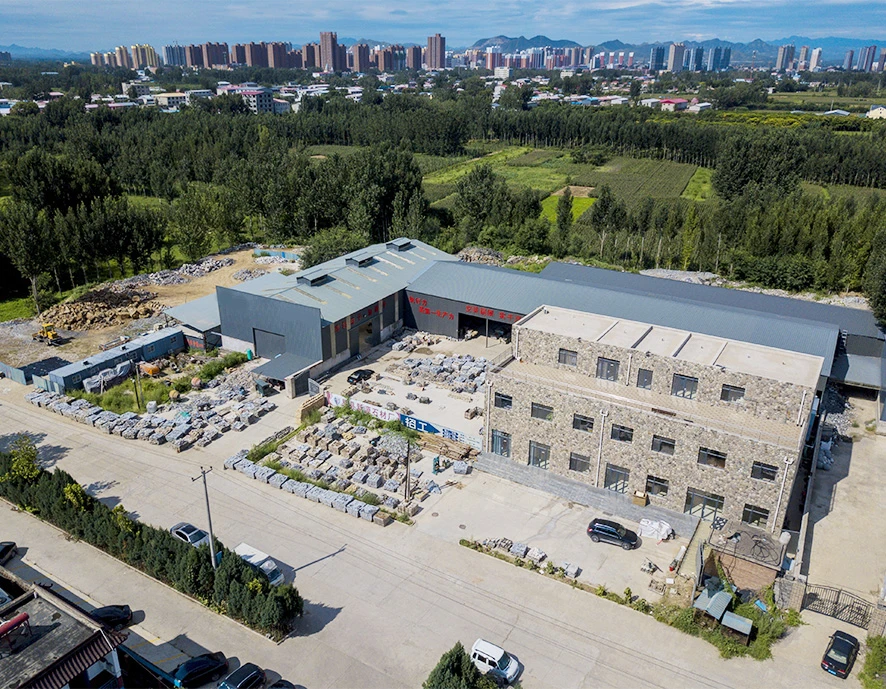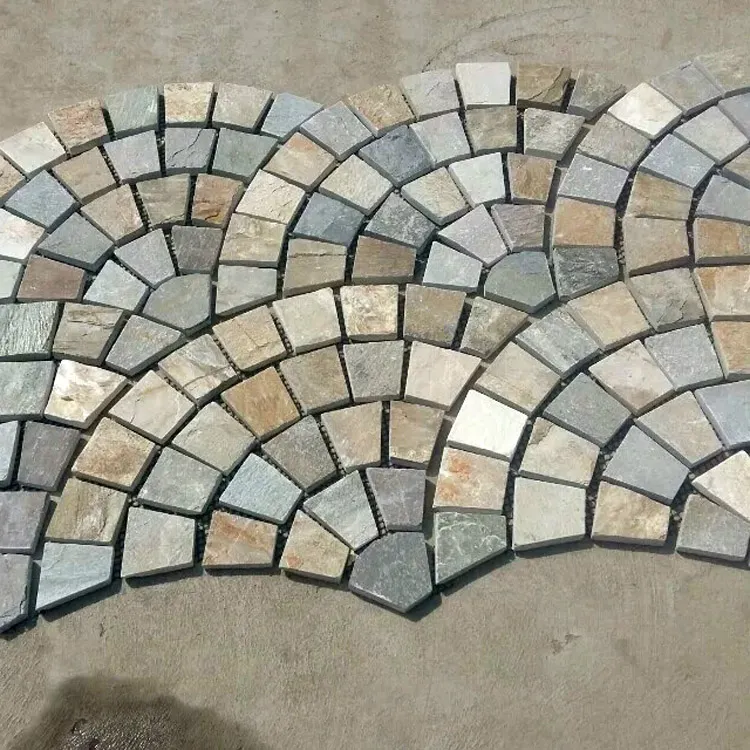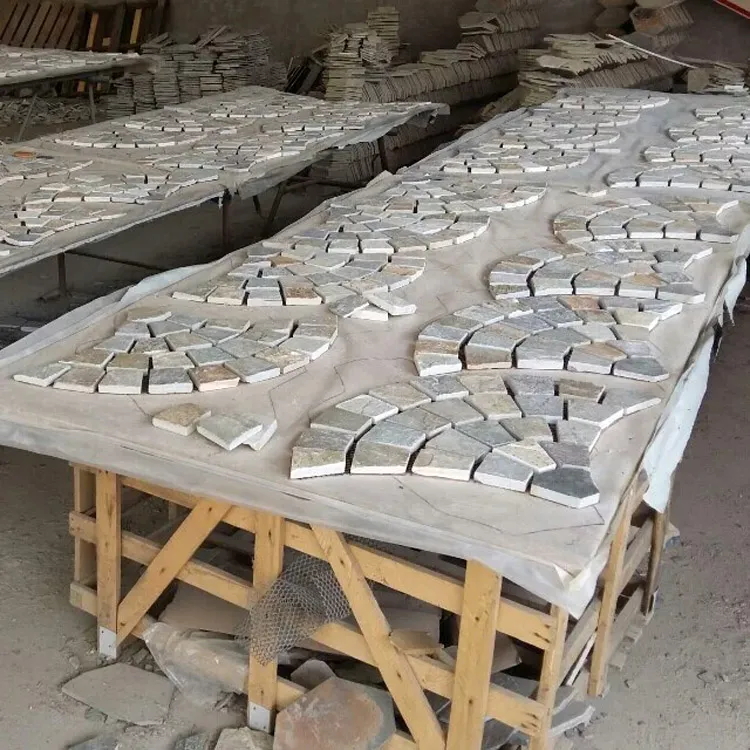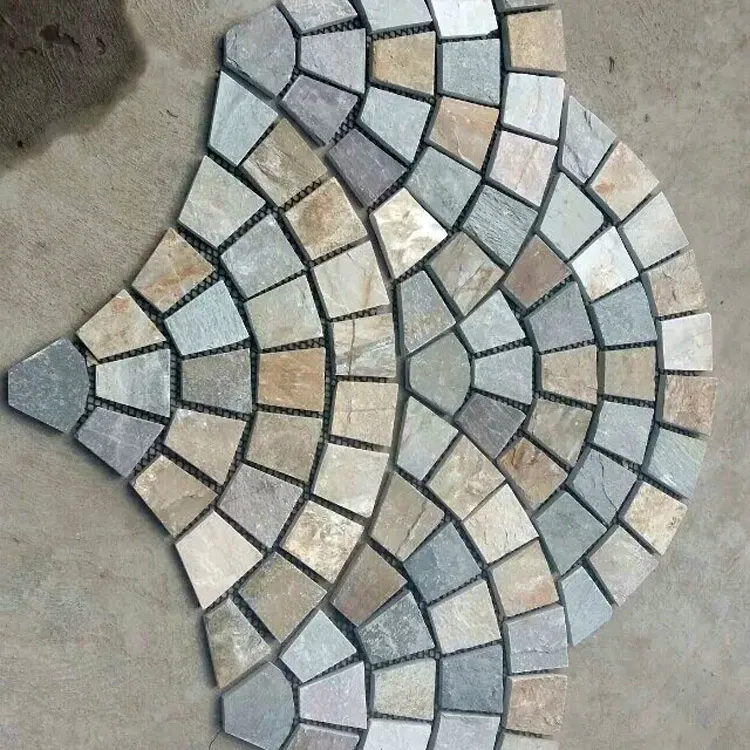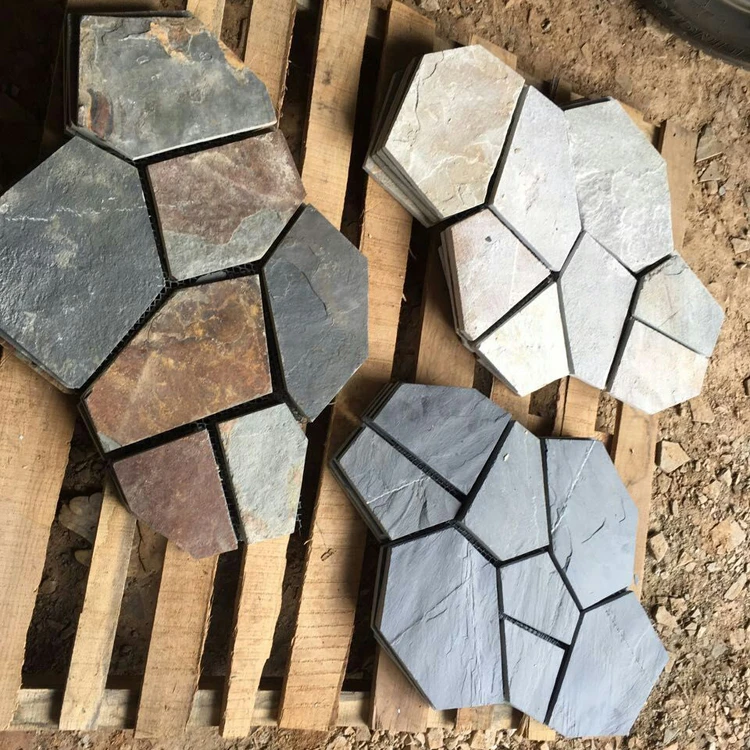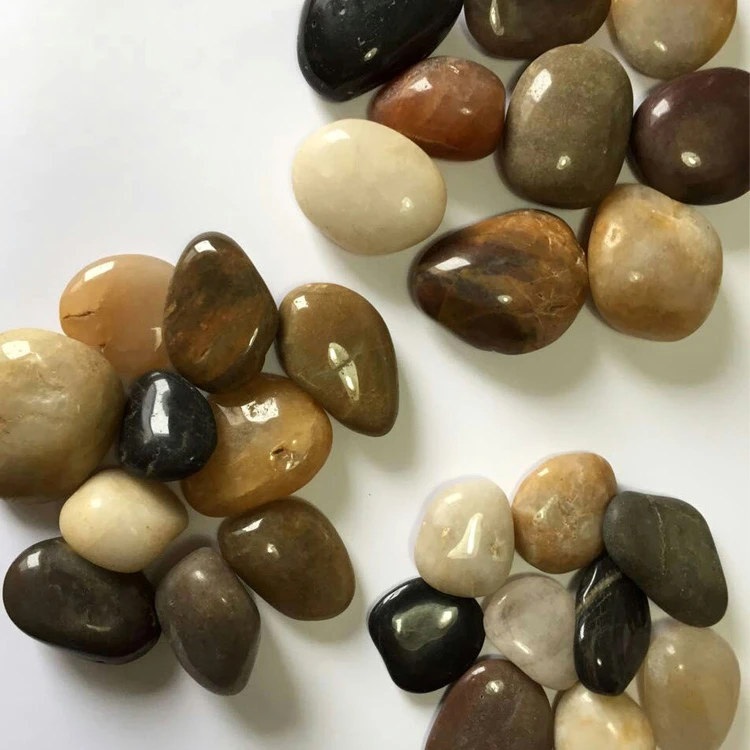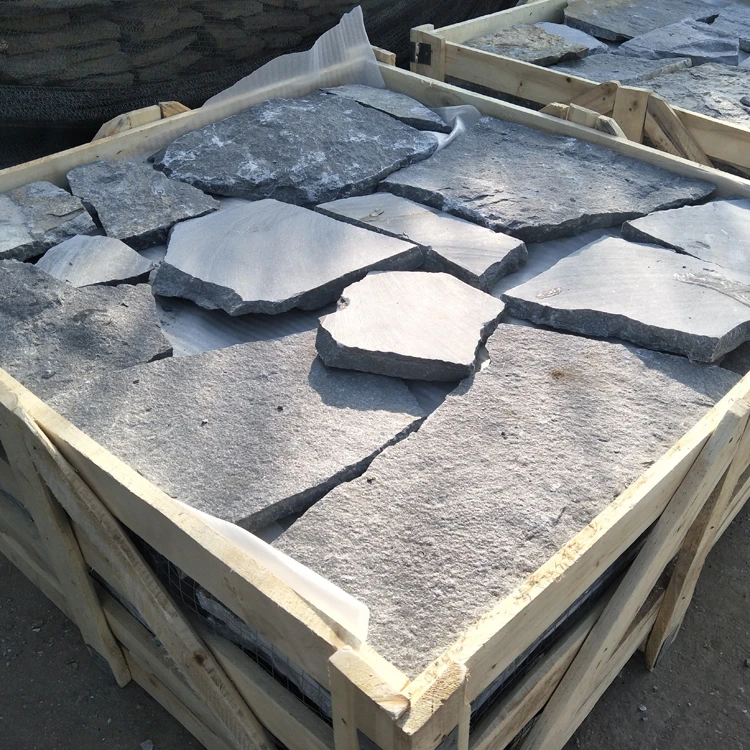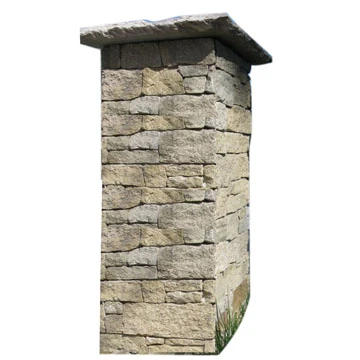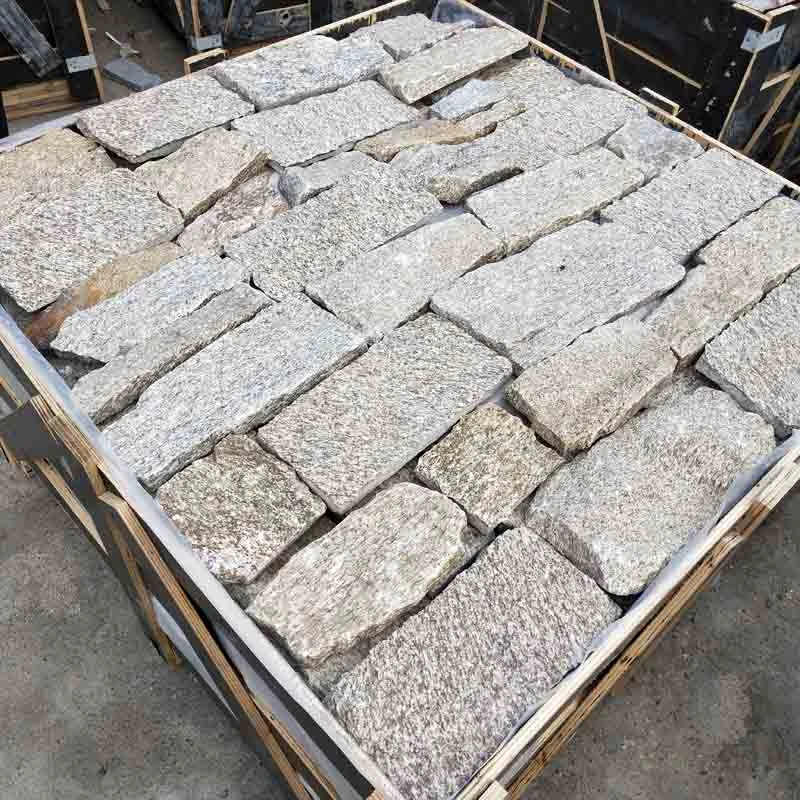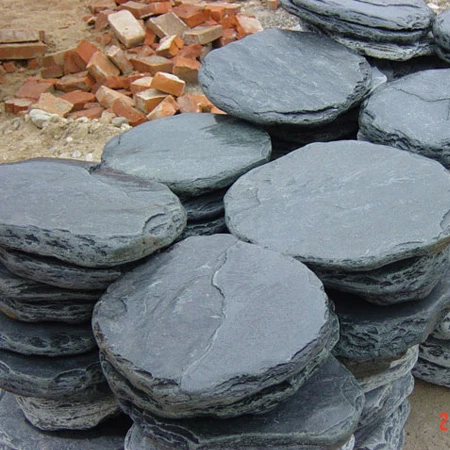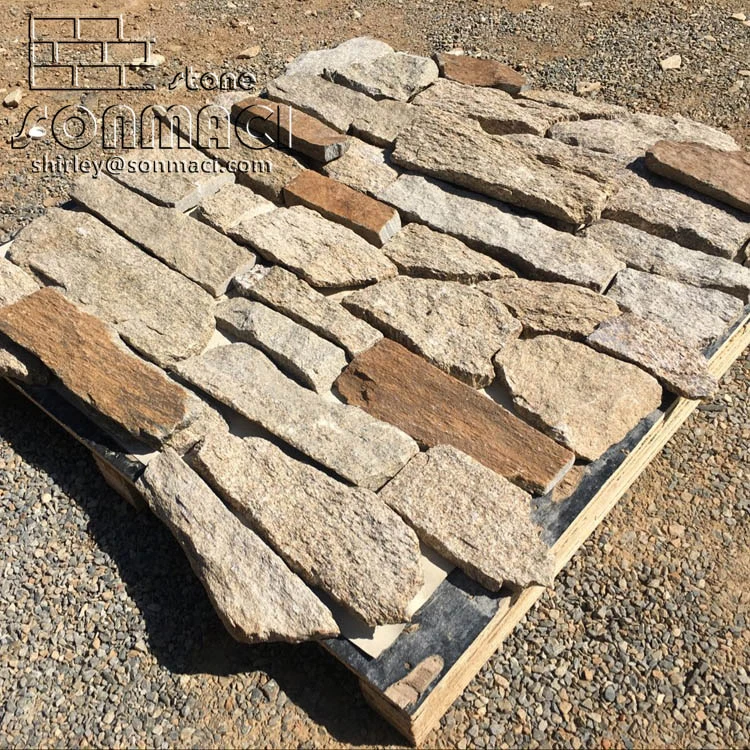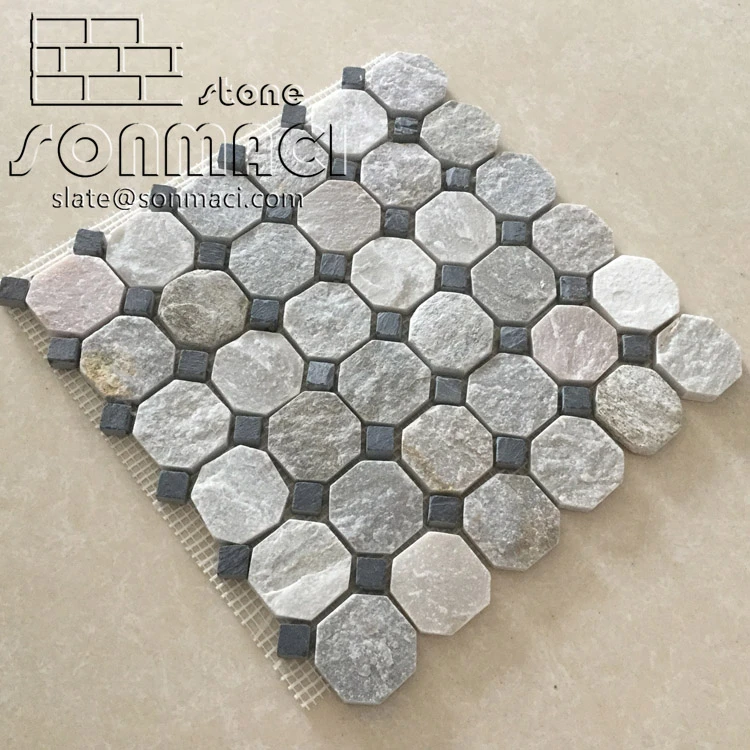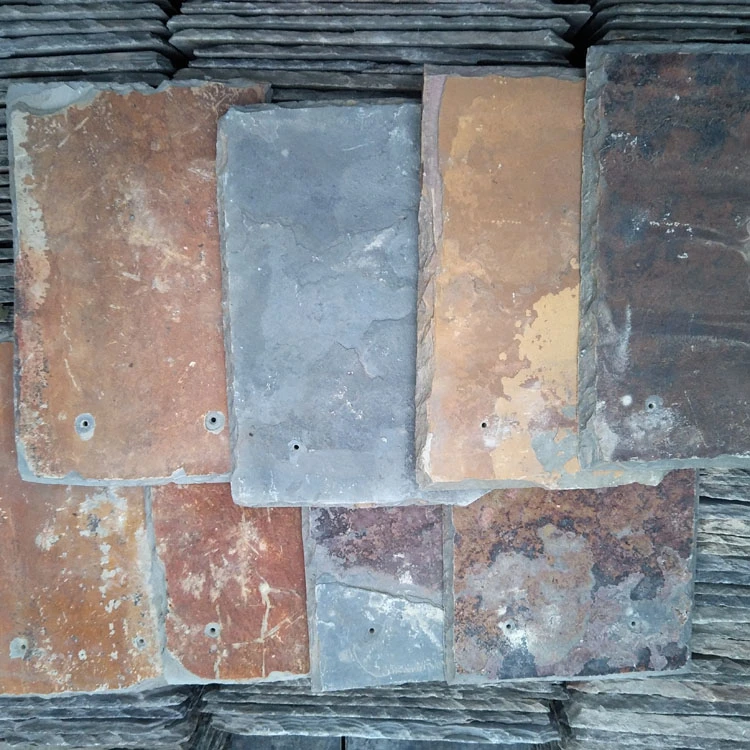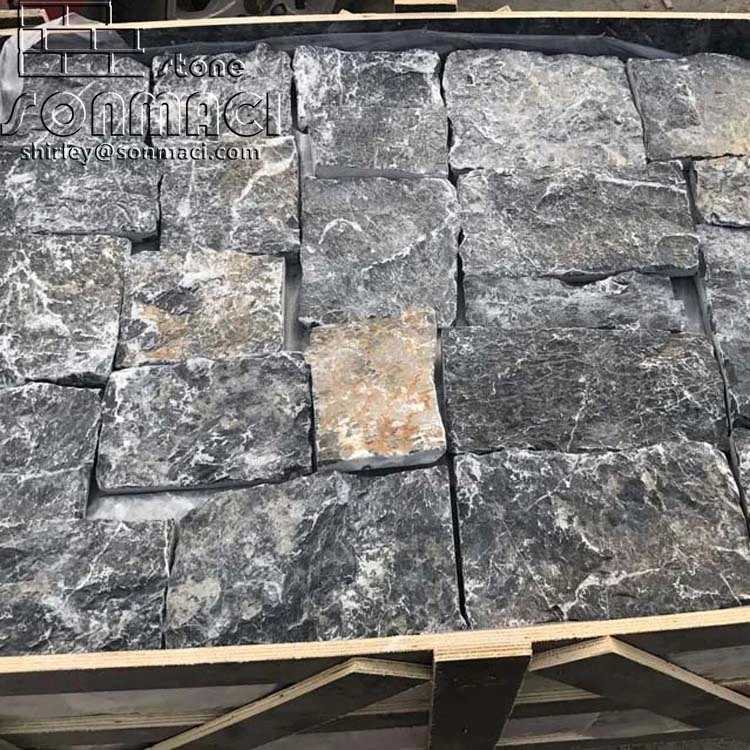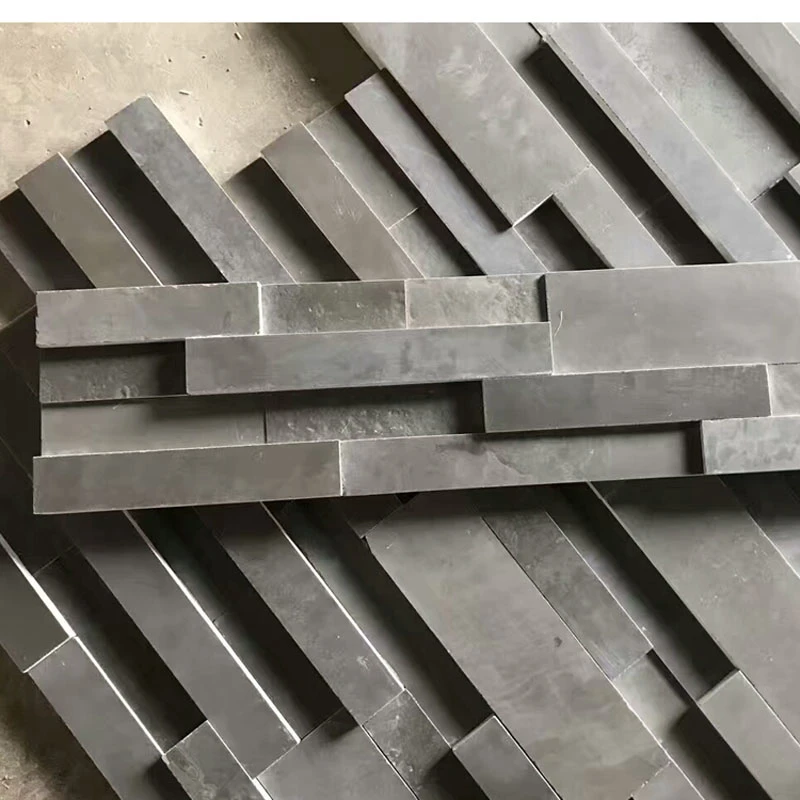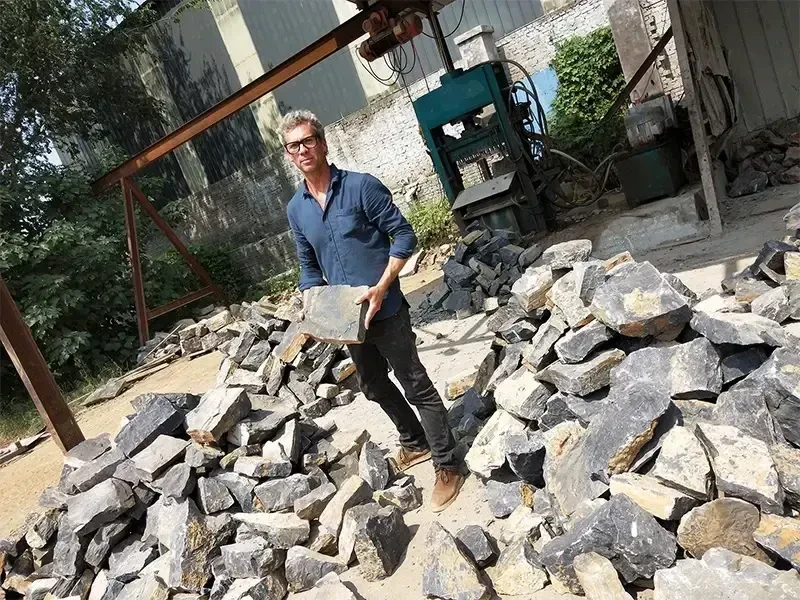Exterior Landscape Slate Paving Stone
| Item | Exterior Landscape Slate Paving Stone |
| Material | slate / marble and other stone |
| Color | white /green/black/Rusty and more available |
| Surface Finish | Natural. |
| Regular Size | 4pcs/M2 |
| Feature | Riched veins, solid texture and bright colors, low water absorption,Resist acid,light,fire and coldness. |
| Usage | For home and garden decoration. |
| Quality Assurance | Our factory deal with Slate Stone products for over 13 years, with rich experience to control best quality. |
| Packing | 35M2/Crate 20Crates/20GP 700M2/container |
| Loading Port | TIANJIN |
| Payment Item | 30% T/T in advance and 70% balance at once against the copy of B/L |
| Delivery Time | 15 days for one 20 FCL after receive the deposit |
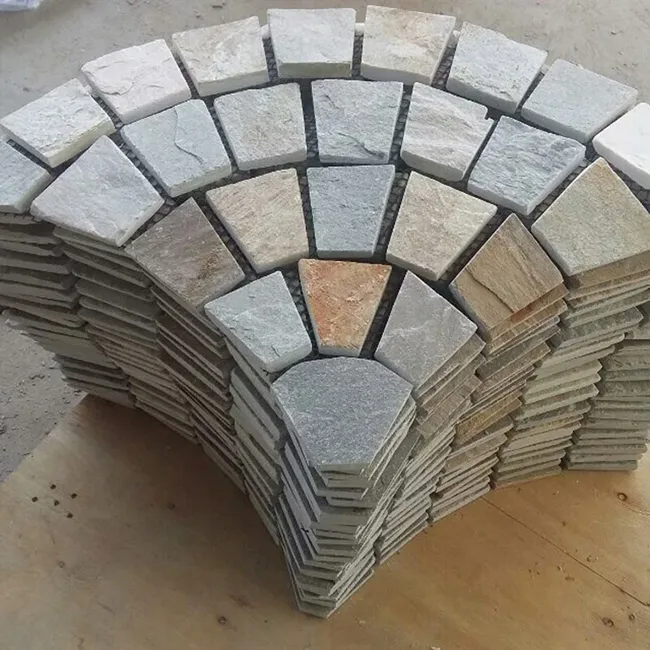
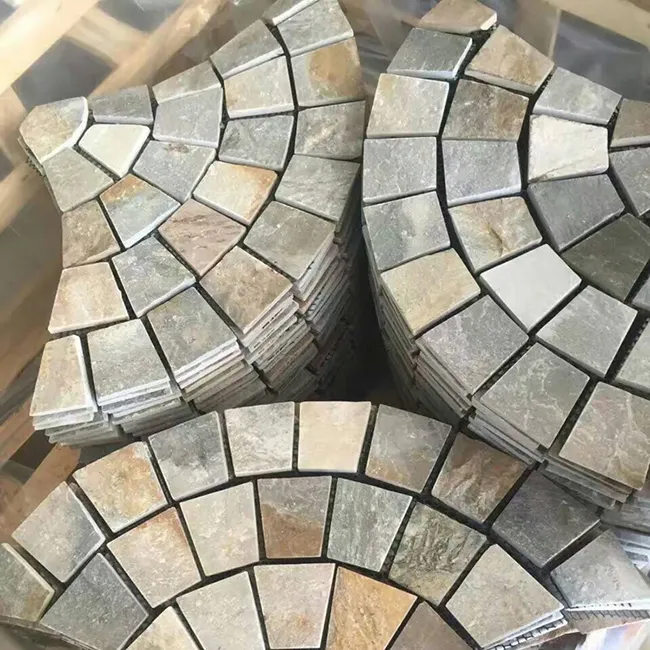
Slate Paving Stone Applications: Where Natural Beauty Meets Functional Design
The use of slate paving stones in landscape and architectural design represents a harmonious fusion of geological durability and aesthetic sophistication. These metamorphic stone tiles, split along their natural cleavage planes, bring the earth's rugged elegance to surfaces underfoot while offering practical solutions for diverse environments. From grand public plazas to intimate garden pathways, slate paving adapts to both formal and organic settings with equal grace, its layered structure and textured surface creating spaces that feel simultaneously refined and connected to nature.
Architects and designers value slate paving for its ability to establish visual continuity between built environments and natural landscapes. When used for pathways, the stones can appear to emerge seamlessly from outcroppings or blend with surrounding geology, particularly in regions where slate occurs naturally. This transitional quality makes slate ideal for properties seeking to minimize the boundary between architecture and terrain. The paving's neutral yet complex color palette—ranging from charcoal grays to muted greens and rusty reds—serves as an adaptable backdrop that complements both vibrant plantings and minimalist hardscapes. Unlike uniform concrete or manufactured pavers, slate's natural variations ensure each installation feels bespoke, with the stone's sedimentary history visible in every piece.
The sensory experience of slate paving contributes significantly to its enduring popularity. Underfoot, the stone offers a satisfying solidity that synthetic materials struggle to replicate—cool in summer, subtly radiant with retained warmth in cooler months. Its acoustic properties dampen sound compared to ceramic or concrete pavers, creating quieter outdoor environments where footsteps and conversations gain intimacy. These tactile and auditory qualities elevate slate from mere surface treatment to an essential component of spatial atmosphere, particularly in gardens and courtyards designed for contemplation and relaxation.
Maintenance considerations reveal another dimension of slate paving's practical intelligence. Unlike some natural stones that require regular sealing or special cleaners, quality slate develops a dignified patina over time that many find enhances its character. The stone's natural color variations help disguise normal wear, while its textured surface conceals minor debris between cleanings. When repairs become necessary, individual stones can typically be replaced without disturbing entire paved areas—a modular advantage that reduces long-term ownership costs. This balance between low upkeep and graceful aging makes slate paving particularly appealing for properties where beauty and practicality must coexist seamlessly.
Innovative applications continue to expand slate paving's design potential. Modern landscapes might combine large-format slate tiles with glowing resin joints for nighttime ambiance, or integrate the stone with radiant heating systems for year-round comfort. Some designers create "stone carpets" by setting slender slate pieces on end, producing dramatic textured surfaces that play with light and shadow. Others use slate's natural cleft to create deliberately uneven pathways that slow pedestrian movement and encourage mindful engagement with the landscape. These creative interpretations demonstrate how this ancient material remains vibrantly relevant in contemporary design.
Environmental attributes further recommend slate paving for eco-conscious projects. As a natural material requiring minimal processing, it carries lower embodied energy than manufactured alternatives. Its durability ensures decades of service without replacement, and at end-of-life, the stone can be repurposed or returned to the earth without environmental harm. Properly quarried slate often comes from operations that practice responsible land management, adding another layer of sustainability to its inherent material virtues.
